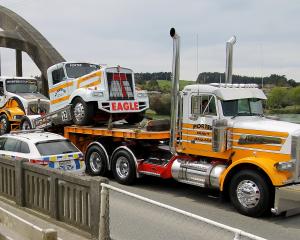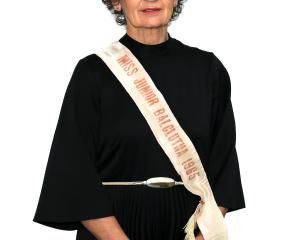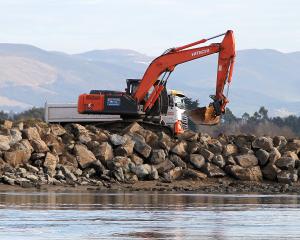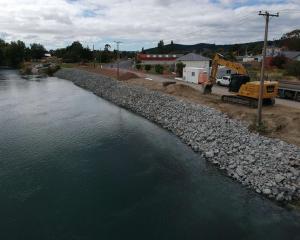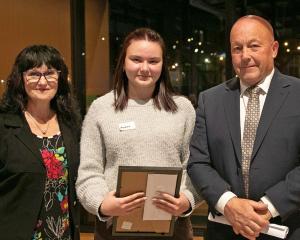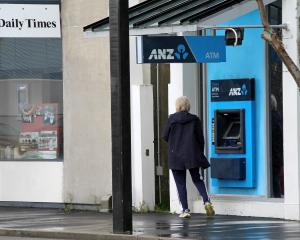Two of the last major gaps between the upper Clutha River's first town, Albert Town, and neighbouring Wanaka are being closed by new housing projects.
Albert Town East Ltd has started earthworks for an 18-lot subdivision near the historic 1858 settlement, while Riverside Developments Ltd has applied for a 19-lot subdivision as stage six of an approved 242-lot development.
They obtained a non-notified resource consent in late June and aim for an early 2011 release of the 4000sq m lots, which are now being advertised for $235,000 each.
The development is on the east side of State Highway 6, next to the Albert Town oxidation ponds.
The ponds have been superceded by the Project Pure plant at Wanaka Airport, but are staying as an emergency back up.
Albert Town Community Association chairman Bryan Lloyd said it was "inevitable" the town would be swallowed up, but residents were keen to retain its identity as "the first" town.
Albert Town was founded in 1858 with the establishment of the sprawling Wanaka Station high country run and a ferry crossing near the confluence of the Clutha and Hawea rivers.
Pembroke (now Wanaka), just 5km away on the shores of Lake Wanaka, was founded several years later and had overtaken Albert Town by the the late 1870s.
Albert Town scored several district firsts - such as first race meeting, school and postal terminus - and eventually spread to both sides of the highway.
But it remained a tiny fishing and crib-owner's paradise until Infinity began developing Riverside on the west side of State Highway 6 in the 1990s.
"Subdivisions might appear on the surface to join the two together, but I believe it [Albert Town] is still unique ...
"It is inevitable over time they will all become one.
"I guess that might apply to Luggate and Hawea as well, as far as the administration of the district is concerned," Mr Lloyd said.
Approaches by the Wanaka Residents Association to merge with the Albert Town Community Association had been resisted, he said.
The Albert Town association was active - several younger members joined the ranks recently - and the association would continue to "push the local barrow", Mr Lloyd said.
John Young said last week it was the right time to complete the low-density subdivision.
The block was purchased about four years ago from Dunedin-based developer Murray Frost.
"We really just wanted to get into it. We've got all the consents. Ian and I own the land and we don't owe any money on it.
"So we are feeling it is a good time to do it," Mr Young said.
Mr Young (63) started his earthmoving career aged 19, but this is the first subdivision he has undertaken on his own account.
He has built alpine skifield roads and vehicle testing facilities, worked as a subcontractor on various developments and undertaken a range of irrigation and farm work projects.
His son, Blair (34), is the third generation to work in the family business, which is understood to be one of the oldest earthmoving companies in the district.
It was founded by Mr Young's father, Jack, who died about four years ago.
Jack Young was one of Wanaka's early boating tourism operators on Lake Wanaka and used to do the mail run to Minaret Station.
He drove graders for local councils before buying his own machines in the 1960s.
• The Riverside stage six development is one of Bob Robertson's Infinity Group projects.
A notified resource consent application was lodged at the beginning of September.
Several aspects do not comply with the zone rules, although the developer does not believe the breaches are significantly adverse.
The developer has applied for 19 units in stage six as "affordable housing", instead of the permitted 14.
Other infringements relate to set-back boundaries, internal recession planes and lot sizes.
Infinity's application states stage six will provide houses at the lower end of the market, and is a direct response to a need "prominently and vocally emphasised by the district's community".

